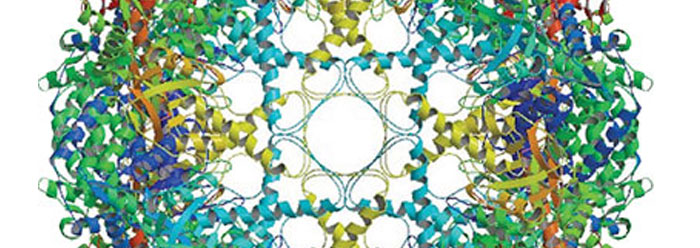
Particle Physics Is Remarkably Consistent with Genesis
Aided by a supercomputer, an international team of theoretical physicists has recently performed a massive computation that confirmed Einstein’s famous formula E=mc2, which states that matter and energy interconvert. Their research appears in the November 21, 2008, edition of the journal Science.

'Multiverse' Theory Fails to Explain Away God
New discoveries continue to reveal the life-friendly properties of our universe, in which physical laws are seemingly fine-tuned to allow life to exist. To get around the appearance of design, secular scientists have to invent naturalistic explanations that exclude the possibility of supernatural origins. The latest of these inventions is “multiverses.”

New Study Makes Connection Between Religion and Lower Mortality
Women who attended religious services regularly lived 20 percent longer than those who did not, a recent study found.

Self-sacrificing Cells Demonstrate a Selfless Designer
Scientists have discovered that a single yeast cell gene (FLO1) expresses a protein that causes individual cells to stick to one another for protection. The cells flocculate, or form clumps “consisting of thousands of cells,”1 with the outside cells sacrificing themselves to protect the inner cells from possible harmful chemicals.




